Think about what it’s like to start a friendship with someone new. You might check in on them regularly, keep the conversation light, and occasionally send them a link to something you think they’d like. You’d probably avoid asking them for moving help early on and you certainly wouldn’t ask for a kidney.
With content selling, businesses take a similar approach. They send intentional, useful content to potential customers who have shown an interest in the business to build a relationship. With a sharp content-selling strategy, you too can turn curious prospects into loyal customers.
What is content selling?
Content selling is a form of marketing that engages audiences once they enter your sales funnel. Your brand aims to convert interested potential customers, or warm leads, into customers through compelling and often educational content. For example, if a customer signs up for your newsletter after visiting your website, you would serve them different types of content to encourage a purchase.
The content can take several forms, including a blog post or a marketing email. It can address concerns, clarify how to use your product, and upsell or cross-sell other products in your portfolio. Content selling strengthens your relationship with potential buyers or past customers and keeps your brand fresh in their minds.
Content selling vs. content marketing: what’s the difference?
While content selling and content marketing both prioritize creating content that connects with your audience, they take slightly different approaches. Here’s how they compare:
Audience
Content marketing casts a wide net, aiming to attract current customers, warm leads, and those with little to no knowledge of your brand. Content selling focuses solely on warm leads and current customers. If content marketing is getting people to enter your sales funnel, content selling is all about getting them all the way through the funnel.
Content topics
Content marketing and content selling use various content types, including blog posts, social media posts, emails, white papers, and infographics. However, the focus of the content is different.
For example, content marketing is often about introducing brand-new audiences to your brand. They have no brand awareness, so you can share content about your company’s values or mission to introduce them to your brand.
Content selling focuses on persuading interested audiences already familiar with your brand to make a purchase. Your selling content topics might include more detailed information about your products, comparative infographics, and answers to frequently asked questions.
Goals
Content marketing seeks to boost your brand’s visibility and establish your expertise in your field, increasing the odds your ideal customers will find your brand.
The purpose of content selling is to convert. Once an individual signals interest in your brand, each subsequent interaction is an opportunity to nudge them closer to completing a purchase. The content you create must be persuasive, personalized, and powerful enough to build trust and excitement.
How to create a content-selling strategy
- Understand your target audience
- Examine your marketing funnel
- Create your content
- Maximize your content’s usefulness
- Automate where you can
Though each content-selling strategy is specific and nuanced, there are key elements that will help you form the basis of your strategy:
1. Understand your target audience
Knowing your audience is a vital part of any business model. If you know your audience’s habits, you can tailor your content and delivery for maximum impact. Analyze your data to learn what subjects most resonate with them and where they prefer to interact with you. Revisit or create buyer personas, then home in on your target audience’s pain points, needs, likes, and motivators to create content that pushes them past interest to action.
For example, to target someone who cares about giving back, send a newsletter highlighting your company’s corporate social responsibility (CSR) initiatives or feature the recipient of the scholarship program your company funded with a percentage of each sale.
2. Examine your marketing funnel
Use past sales and traffic data to generate an up-to-date customer journey map. Ask yourself:
- How many interactions does it take, on average, to make a sale?
- At what point in the journey do web visitors usually drop off?
- Are there opportunities to speed up or smooth the checkout process?
Much of content selling is about delivering quality content at the right time, and overcoming—or anticipating—moments of customer hesitation or curiosity. If you see a large percentage of your ecommerce store visitors bouncing after they land on product pages, for example, it might mean you need clearer calls to action (CTAs) or more informative product descriptions.
3. Create your content
Content selling can take many forms, depending on what speaks to your audience and where in the sales funnel they need a little nudging:
Top of the funnel
At this stage, they are aware of and perhaps interested in your brand but need to learn more about what you’re offering. Serve your audience with informative blog posts, behind-the-scenes insights showcasing your brand personality, or fun social media posts about your brand values to draw them in.
Middle of the funnel
Potential customers at this stage are considering your products or services, but they need more specifics before they make a final decision.
Consider creating:
- Infographics to compare the features of different products
- An FAQ page with thorough answers to frequently asked questions
- Landing page that features customer testimonials
Bottom of the funnel
A person at the bottom of the funnel has made the decision to purchase and needs help checking out, or they’ve purchased from you before and need a reason to return. This is the time to polish your CTA buttons, abandoned cart emails, and shipping policy information so your visitors have no reason not to click Buy.
Providing quality content is about making customers feel like valued members of your brand’s community, even if they haven’t officially joined yet. If you have a lot of gaps to fill in your content strategy, consider using an AI tool like Shopify Magic to help you write product descriptions, first drafts of blog posts, and video scripts. Provide information about your brand voice to help generative AI tools craft copy that’s easier to edit.
4. Maximize your content’s usefulness
Once you have a polished blog post and fresh graphics, take advantage of different channels (social media, email marketing, and blog posts) to share that new material and reach your target audience. For example, you can repurpose long-form YouTube videos about your brand into quick, snappy videos for TikTok and Instagram Stories. Use clips and highlights to direct viewers to the long-form content and vice versa, bolstering your content ecosystem.
5. Automate where you can
To make content selling effective at scale, use customer relationship management (CRM) software or artificial intelligence (AI) tools to automate these interactions whenever possible. These tools allow you to create personalized marketing flows and send customized emails at predetermined intervals once someone completes a specific action—like signing up for a newsletter or abandoning their cart before finalizing a purchase.
That same CRM software can analyze the results of your strategy, allowing you to fine-tune your approach over time.
An example of effective content selling
One mainstay of contentselling is the blog, an owned platform your company fully controls. Your brand can go in-depth on issues that matter to you, highlight product features, and spotlight brand ambassadors who embody the ethos of your company, its offerings or services.
Seea, a swimwear brand for active women and female surfers, uses its blog Seeababes as an informational, visual, and values-based complement to its products. It highlights its design and production team and shares guides for returning to surfing postpartum. This content resonates with its audience and provides a nod to its unique selling point: functional and stylish swimwear design that also supports breastfeeding mothers.
On Instagram and TikTok, Seea connects with audiences with its friendly and inviting content—particularly nostalgic music, sunny vibes, and lifestyle-driven imagery. Entering the Seea universe through these portals, rather than a straightforward marketing email selling swimwear, adds depth and dimension to its customer journey. It helps the customer buy into the brand vision first—to feel deeply moved by a life spent surfing—and then support it with a purchase.
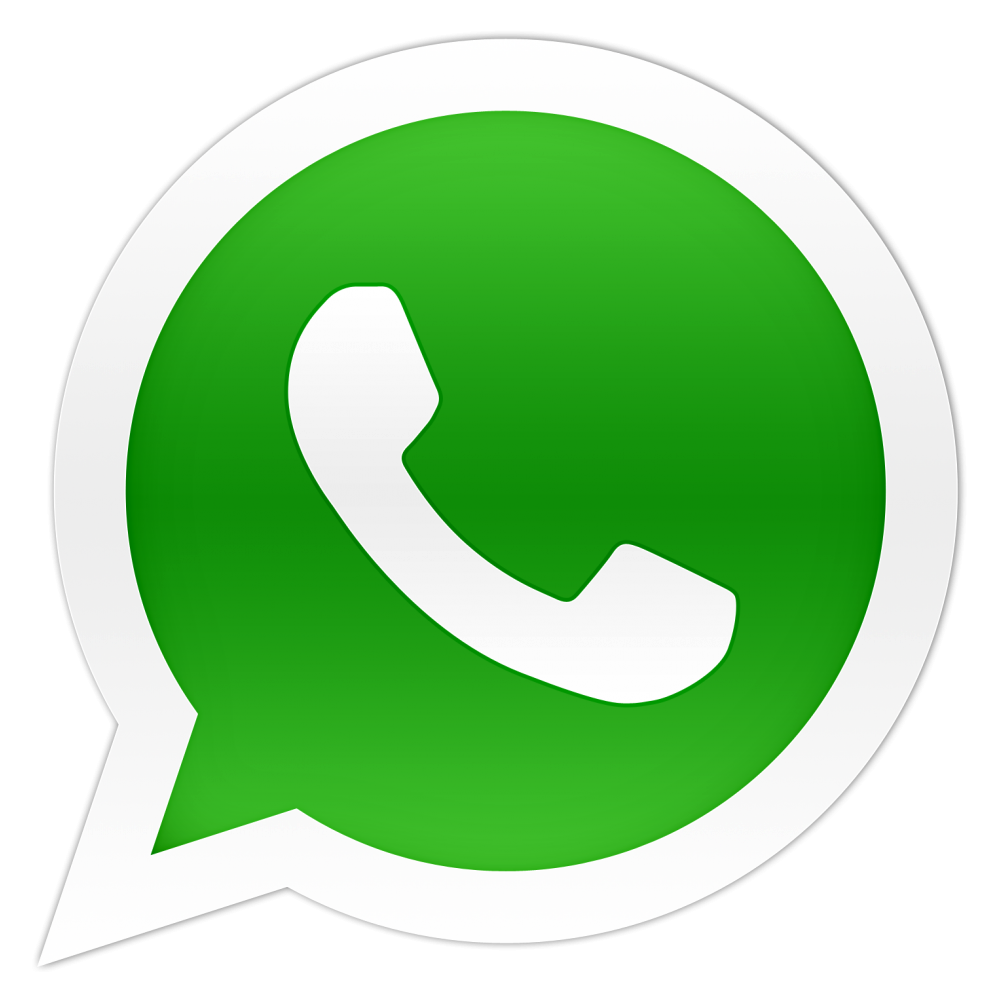



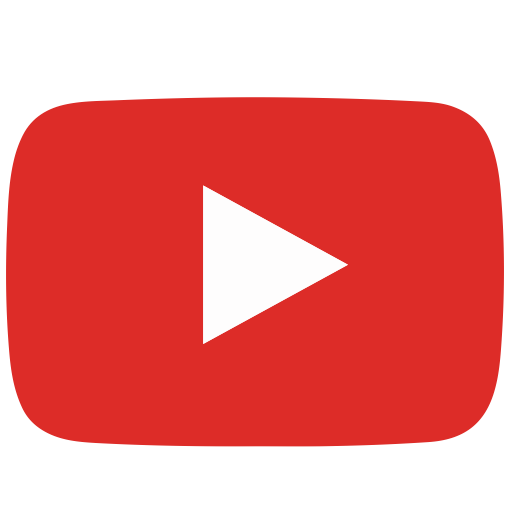
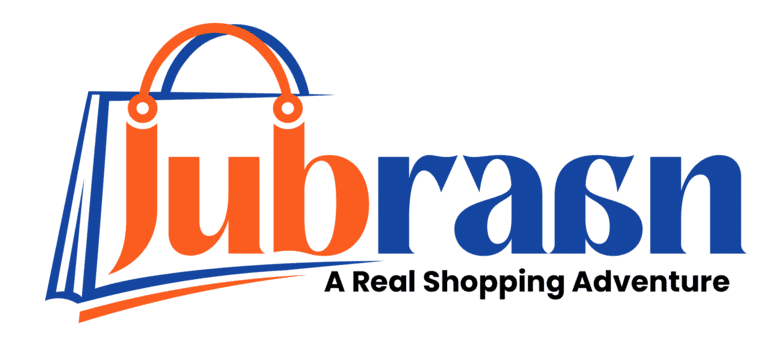



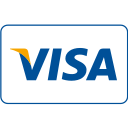
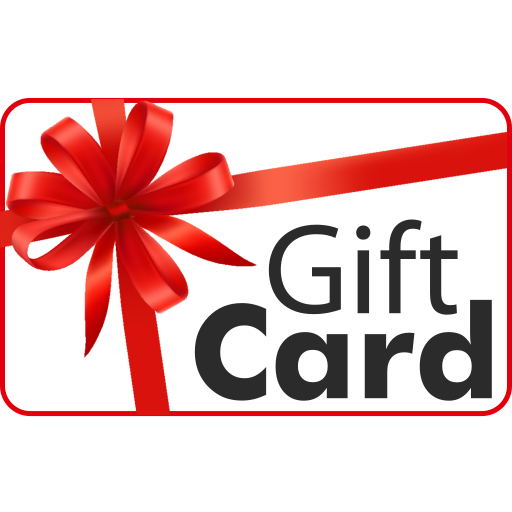
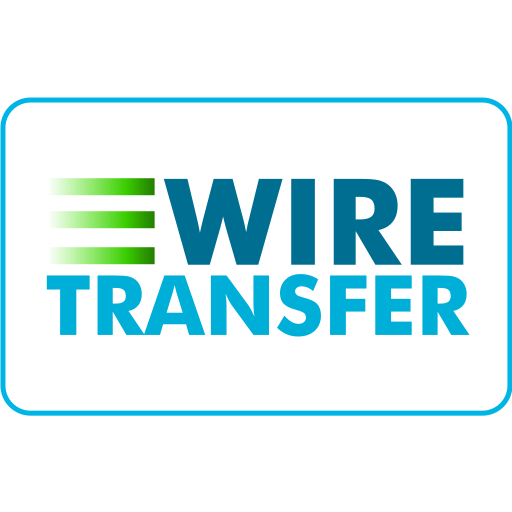
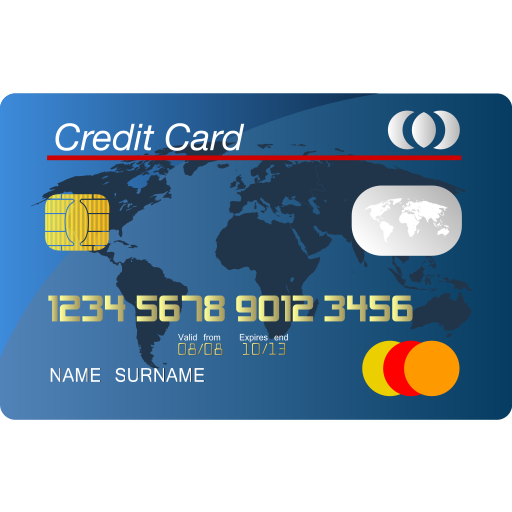
test comment